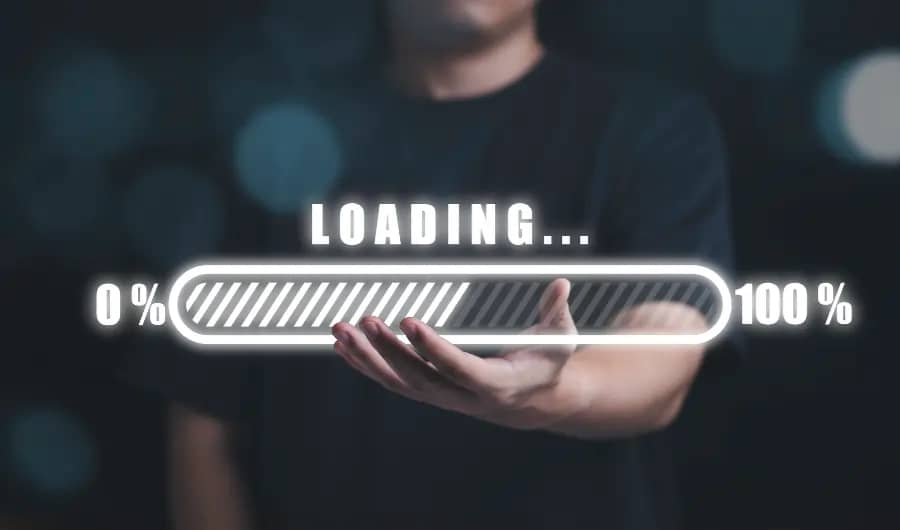If you have a WordPress website, you know how important it is to ensure that your site loads quickly and efficiently. Slow loading times can be frustrating for visitors, and can even hurt your search engine rankings. One way to help improve the speed of your WordPress website is by optimizing and compressing your images. In this article, we’ll explore some strategies you can use to optimize and compress your images and help your WordPress site load faster.
First, let’s take a look at why image optimization is important. When you upload an image to your WordPress site, the file size of that image can impact the speed of your site. Large image files can take longer to load, which can slow down your website and make it less efficient. By optimizing and compressing your images, you can reduce the file size of your images and help your site load more quickly.
So, how can you optimize and compress your images for your WordPress site? Here are a few strategies you can try:
- Use the right file format: Different file formats can have different impacts on file size and image quality. For example, JPEG files are generally smaller and are a good option for photographs and images with lots of detail. PNG files are generally larger and are a good option for images with transparent backgrounds or logos. By choosing the right file format for your images, you can help reduce the file size and improve the loading time of your site.
- Resize your images: Before uploading an image to your WordPress site, it’s a good idea to resize it to the appropriate dimensions. This can help reduce the file size and improve the loading time of your site. You can use an image editing tool such as Photoshop or Affinity Photo to resize your images.
- Compress your images: There are several tools you can use to compress your images and reduce the file size. One option is to use a WordPress plugin such as ShortPixel. I use and recommend ShortPixel because it allows you to compress your images automatically as you upload them to your WordPress site. You can also use online tools such as Compressor.io or Compress Or Die to compress your images before uploading them to your site.
- Use lazy loading: Lazy loading is a technique that allows images to load only when they are visible to the user. This can help improve the loading time of your site by only loading the images that are currently being viewed, rather than loading all the images on the page at once. The ShortPixel plugin also allows you to enable lazy loading on your WordPress site.
In addition to optimizing and compressing your images, there are several other strategies you can use to help your WordPress site load faster. These include:
- Optimizing your website’s code: By cleaning up and optimizing your website’s code, you can help improve the loading time of your site. You can use a plugin such as Autoptimize or W3 Total Cache to help optimize your code.
- Enabling caching: Caching allows your website to store static versions of your pages, which can help reduce the load on your server and improve the loading time of your site. You can use a plugin such as W3 Total Cache or WP Super Cache to enable caching on your website.
I am a freelance web designer and developer located in Oshawa, ON. I have been involved in website design since 1998. I specialize in SEO for local businesses, and I am committed to helping my clients outrank their competition.
